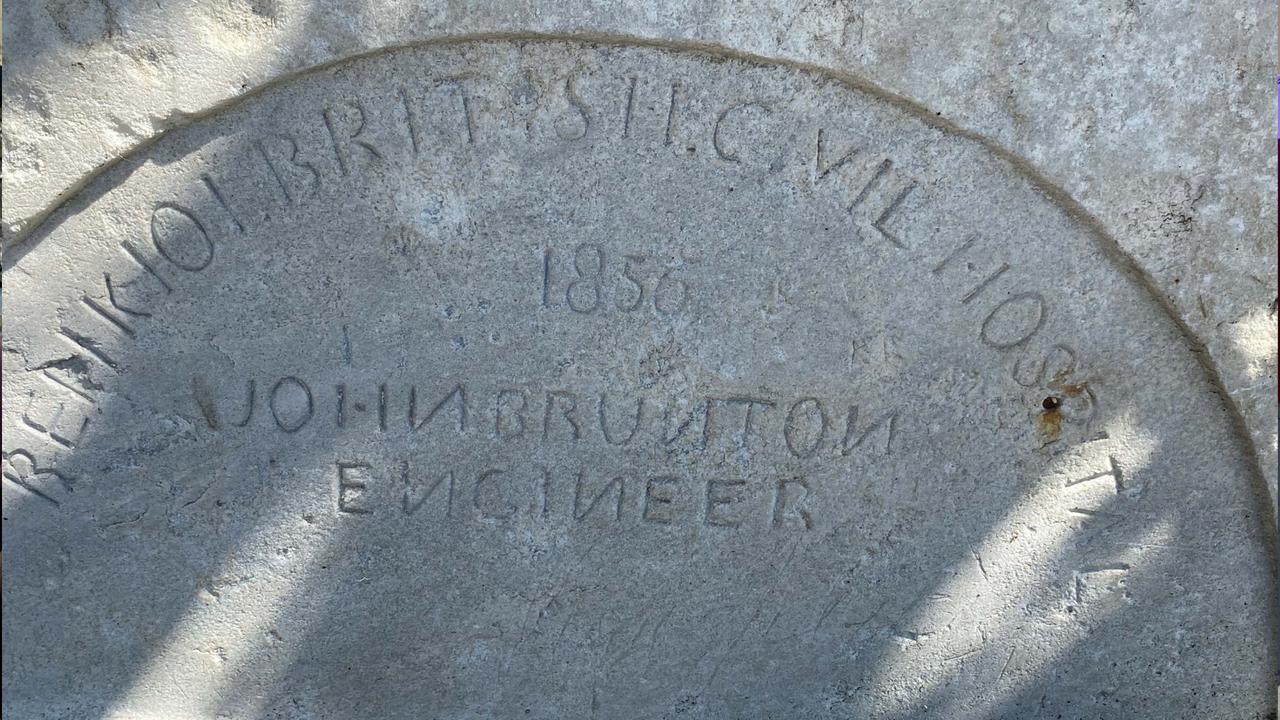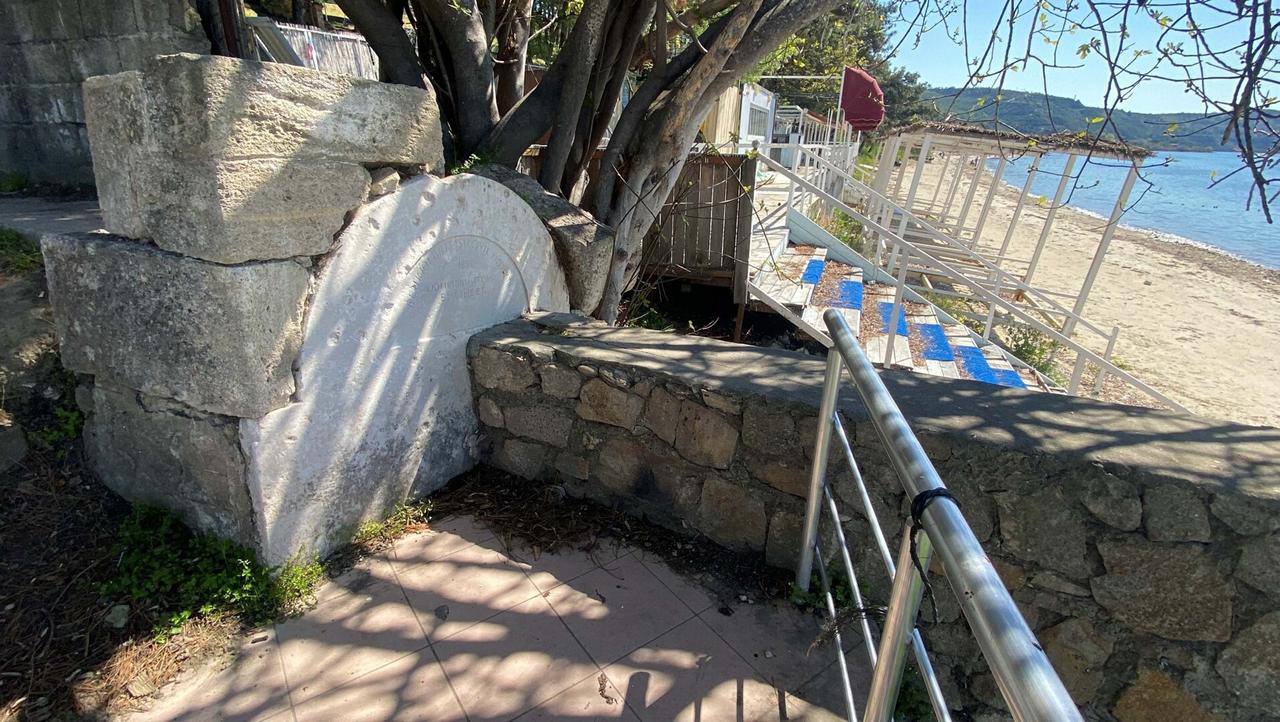
A historic stone from the world’s first prefabricated hospital—designed during the Crimean War by famed British engineer Isambard Kingdom Brunel—has been rediscovered in a wall along the shoreline of Guzelyali, a village in Türkiye's Canakkale province.
The stone, believed to be part of a fountain that once supplied water to the British field hospital, was built to treat wounded soldiers during the mid-19th century conflict.
According to Professor Reyhan Korpe of Canakkale Onsekiz Mart University's Faculty of Humanities and Social Sciences, the stone is a tangible piece of military medical history.
“This stone is part of the water supply structure for the first-ever prefabricated hospital set up for British troops. It now lies trapped in a village wall. Such a historic artifact should be preserved under proper conditions and identified with an information plaque,” said Professor Korpe.

The British field hospital was one of several built near the Dardanelles to support British troops during the Crimean War (1854–1856). Brunel, already renowned for his work on railways, bridges, and the London Underground, designed the hospital as a series of modular units.
“The parts were produced in London and shipped to Guzelyali aboard 23 vessels. Construction began on May 8, 1855, with 50 large barracks erected along the coast. Water was sourced from nearby Intepe,” Korpe explained.
The hospital operated for about a year, offering crucial care to British soldiers injured in brutal trench warfare against Russian forces. British nurse Florence Nightingale, known for her pioneering work in battlefield medicine, also served in hospitals established during this time.
“The Crimean War was a turning point in modern warfare and medical history. Over 100,000 British troops were deployed, and the high casualty rate triggered the construction of emergency medical facilities,” Korpe added.

When the war ended in 1856 following a peace agreement between Britain and Russia, the hospital was decommissioned. Interestingly, some British officers, including a man named Brunton, remained in the area, even conducting amateur archaeological digs around ancient Troy—before Heinrich Schliemann’s famous excavations.
“Luckily, the British forces left without causing significant damage. This rediscovered fountain stone is a rare and valuable witness to the past,” said Professor Korpe.